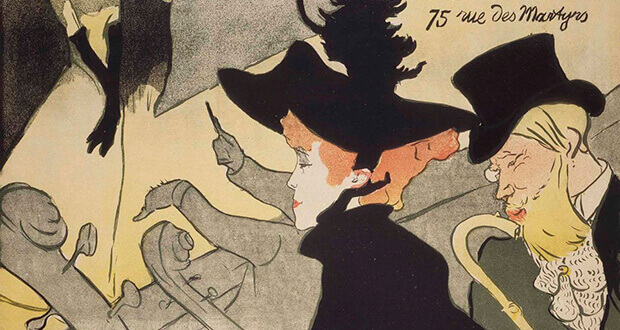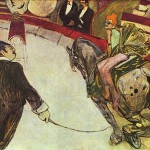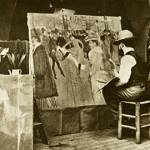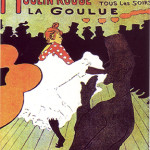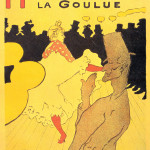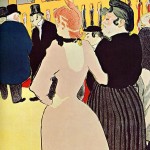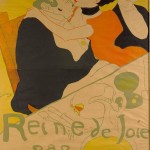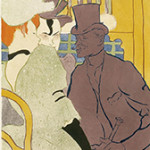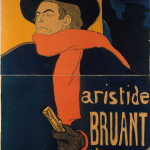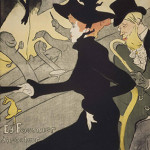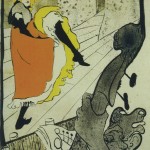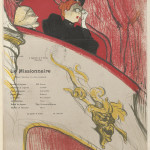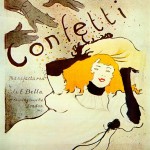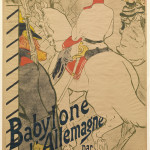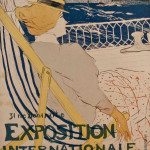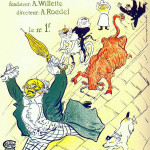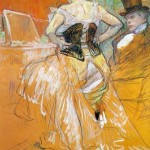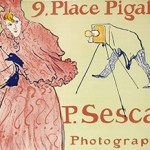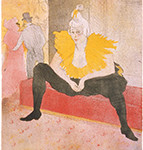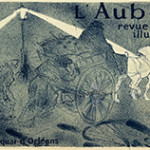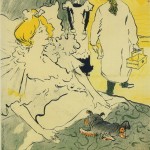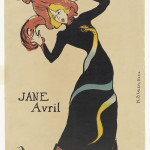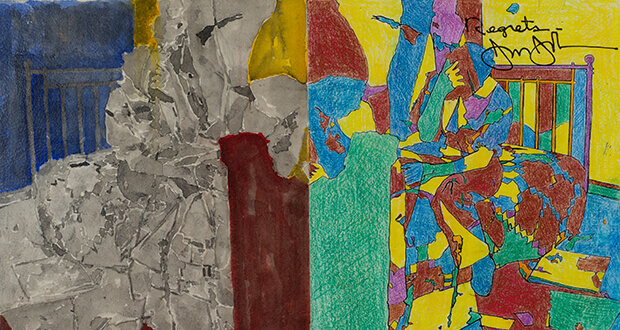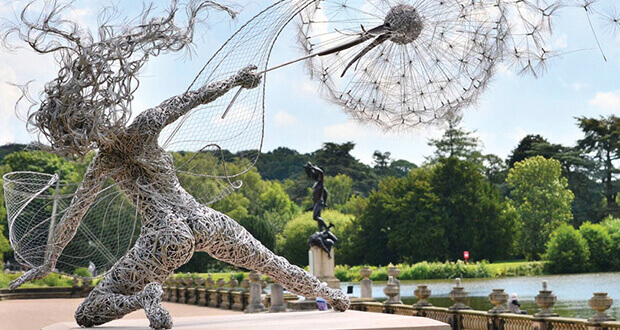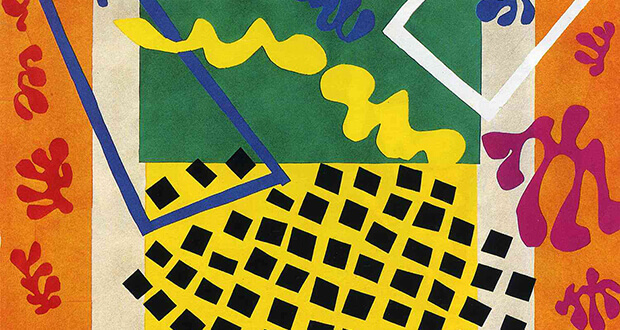Museum of Modern Art – MoMA, New York
26th of July 2014 – 1th of March 2015
[box type=”shadow” ]Lautrec was one of the most famous artist of the Parisian belle époque. His manifestos, posters, illustrations are masterpieces of art and representations of an artist era. He brought a new, avant-garde language and gained a huge appreciation among the 19th century people.[/box]
Henri de Toulouse-Lautrec (1864-1901) always wanted to become an artist. Thanks to his short height, due to a double broken legs, he could not do any physical work.
He left behind the monotony of a family life in the south of France to move to Parigi, a metropolis with a positive atmosphere, enthusiastic and extravagant Belle Epoque city.
Montmartre, became the district of artist, with the grow of night club, cafès and cabarets,, manifesto of the hidden black side of the rigid moral of bourgeois.
The artist depicted different subjects, from dancers, cafés habitués, night people to prostitutes, the famous Moulin Rouge, circuses, theaters. This atmosphere is revealed in the exhibition, “Paris and Toulouse-Lautrec: Posters e prints”.
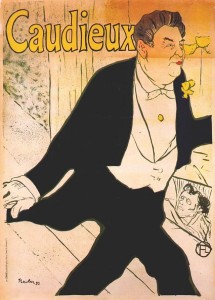
Lautrec was the cultural bridge of artists, interpreters, authors, intellectuals. The exhibition presents the Modern Art collection of manifestos, prints from New York Museum. It’s the first event of MoMA to host a personal of Tolouse Lautrec, with 100 pieces among the most famous ones created in his short career.
The exhibition arrangement analyzes 5 themes that together explain the life in Paris in the end of the century. A section is dedicated to cafès and ballrooms, dealing with the night life of a cultural France, showed by the most famous places like Moulin Rouge.
The other one is about actress, singers, dancers that stimulated the artist’s creativity, like his muse, the singer Yvette Guilbert,, the dancer Loie Fuller and his friend Jane Avril, queen of Can Can dance. In the third group of Lautrec’s works there are seductive women, prostitutes in their moment of rest, portfolio of Elles’s magazine.
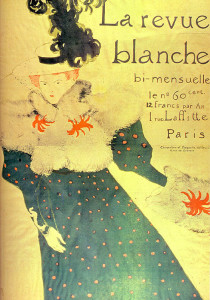
The importance of Lautrec in the artistic pages of Paris is shown in the fourth section, dedicated to his creative circle, with drawings for popular songs that he brought in the night life of Paris, for theatrical programs of avant-garde productions and his intellectual contributes for magazines.
The last part of the exhibition examines the pleasures of the city, from the horses races to Longchamp, walking by Bois de Boulogne, to the new attraction of dancing on ice and the fascinating food culture of Paris.
Surrounded by friends- painters, poets and artists of the night- Lautrec spent his time in glamorous club like Moulin Rouge, Divan Japonais, Folies Bergère. First he was skeptic about this type of life but when his friend Aristide Bruant, founder of Mirliton, introduced him to the Montmartre life, he found precious inspiration for his artistic career, thanks to new prospective, scene cuts, new colors.
Lautrec shows new connections between art and everyday life becoming an outstanding figure of a decadent society. He died in September 1901, when he was only 37 years old.
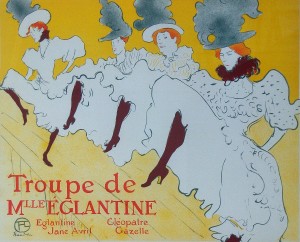
“The pictures of a little deformed man is known all over the world. Only with a proportionate head and chest. With a long black beard like an accessory. Legs and arms of a six year old baby. In that deformed body were laid an huge vital force, almost overwhelmed by Lautrec’s spirit.
His sharp answers – like a evil clown- was disarming. With a mouth of an animal sensuality, his way of express was without control, sometimes eager, some other strictly anti-conventional…” (Henry van de Velde).
The event is organized by Sarah Suzuki from MoMa and the exhibition is sponsored by Fonfo MoMA.

